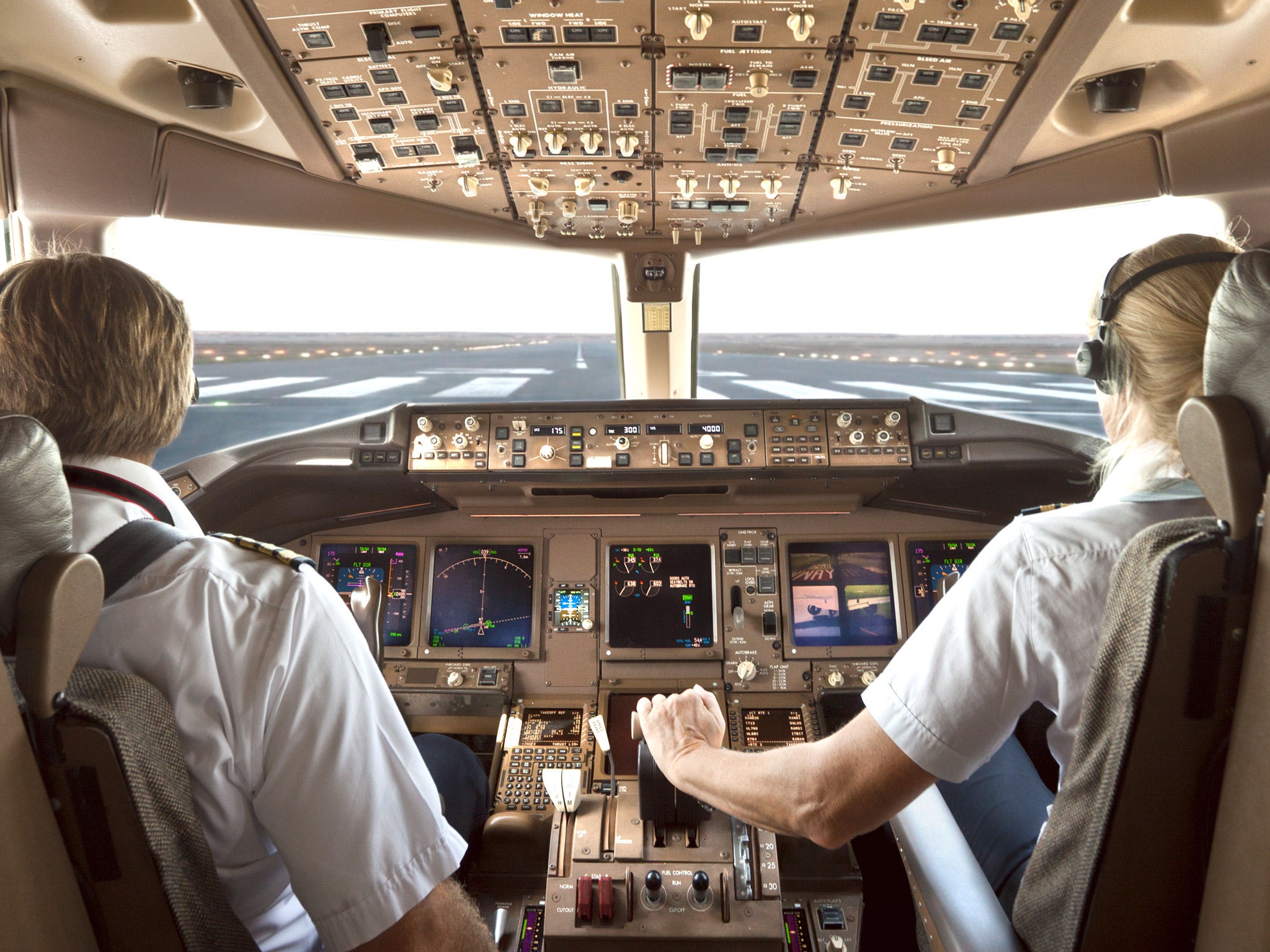Airline pilots exposed to as much UV radiation as regular sunbed users
Scientists recommend pilots use sunscreen

Your support helps us to tell the story
From reproductive rights to climate change to Big Tech, The Independent is on the ground when the story is developing. Whether it's investigating the financials of Elon Musk's pro-Trump PAC or producing our latest documentary, 'The A Word', which shines a light on the American women fighting for reproductive rights, we know how important it is to parse out the facts from the messaging.
At such a critical moment in US history, we need reporters on the ground. Your donation allows us to keep sending journalists to speak to both sides of the story.
The Independent is trusted by Americans across the entire political spectrum. And unlike many other quality news outlets, we choose not to lock Americans out of our reporting and analysis with paywalls. We believe quality journalism should be available to everyone, paid for by those who can afford it.
Your support makes all the difference.Airline pilots can be exposed to the same levels of radiation as people on sunbeds, a new study has claimed.
Previous research has suggested that pilots are at a higher risk of skin cancer, with ultraviolet radiation encountered in the cockpit believed to be a possible cause.
Scientists at the University of California measured levels of UV radiation in the cockpits of planes during flight and compared them to those observed in sunbeds.
They found that a pilot flying at 30,000 feet in a typical small aircraft for an hour, is exposed to the same level of ultraviolet A (UV-A) radiation as 20 minutes on a sunbed.
The measurements were taken at midday in April, in California, so the effect may not be so pronounced all year round and in all climates, but radiation is stronger at higher altitudes, and the windows on planes do not block it out.
The authors of the research, which is published in the Journal of the American Medical Association: Dermatology, said that it made the case for pilots to wear sunscreen when flying.
They also found that radiation could be even higher if pilots were flying above clouds or snowfields, because of the reflection of light from white surfaces.
"Airplane windshields do not completely block UV-A radiation and therefore are not enough to protect pilots. UV-A transmission inside airplanes can play a role in pilots’ increased risk of melanoma. We strongly recommend the use of sunscreens and periodical skin checks for pilots and cabin crew," the authors concluded.
Join our commenting forum
Join thought-provoking conversations, follow other Independent readers and see their replies
Comments